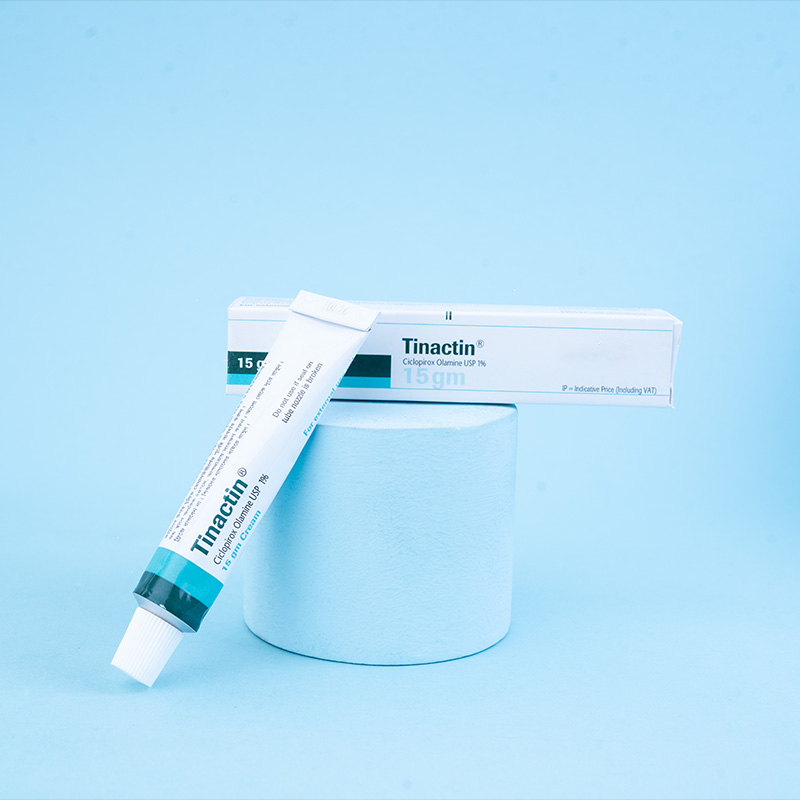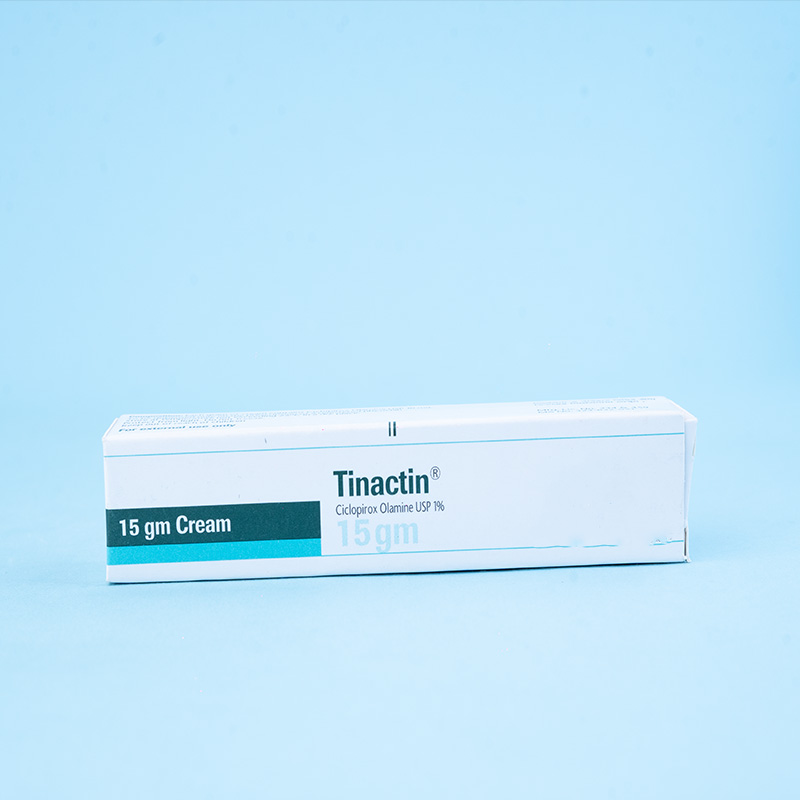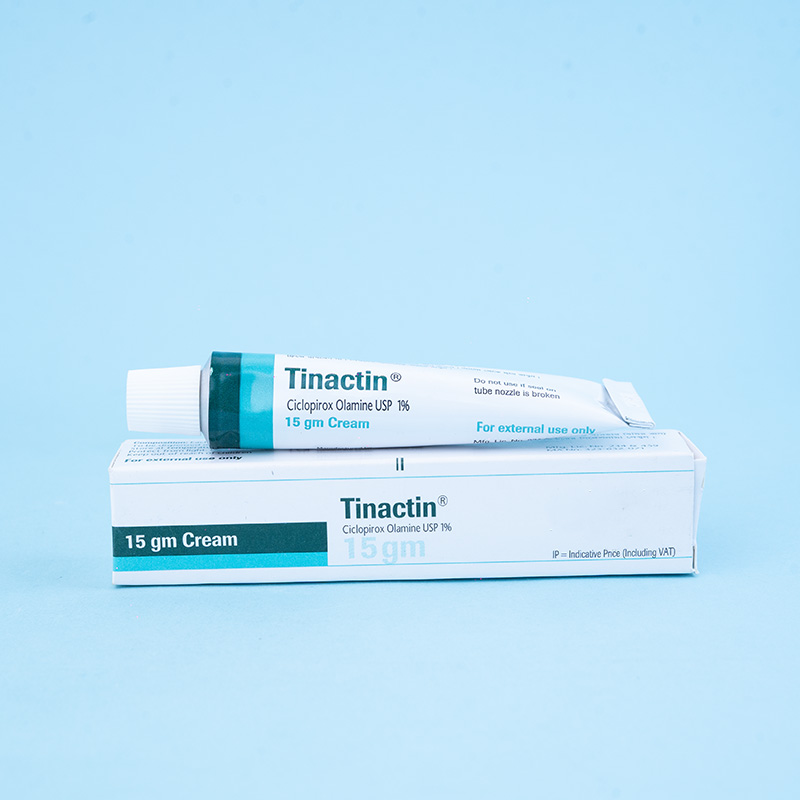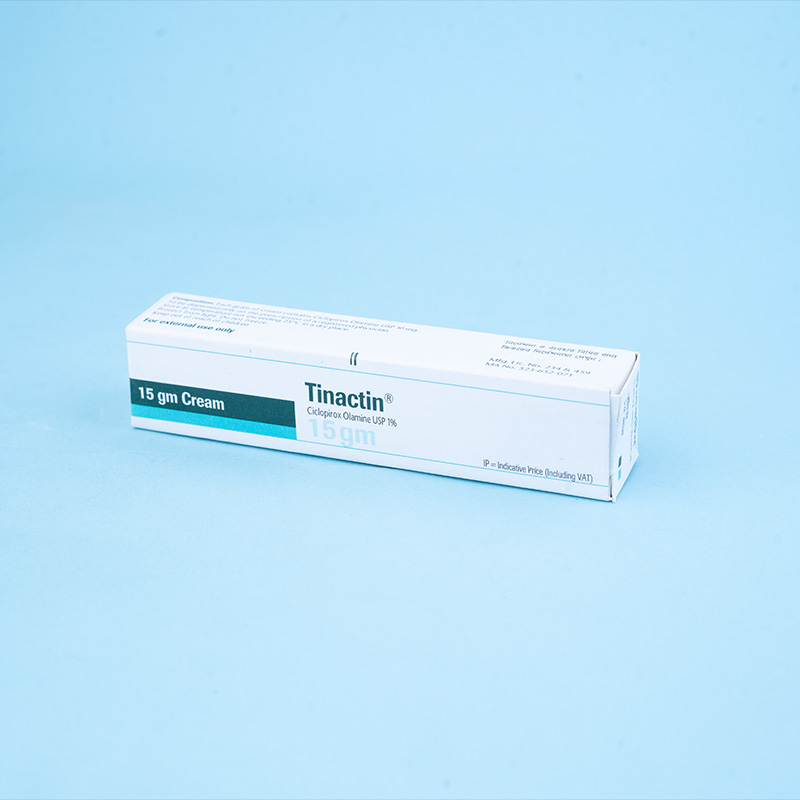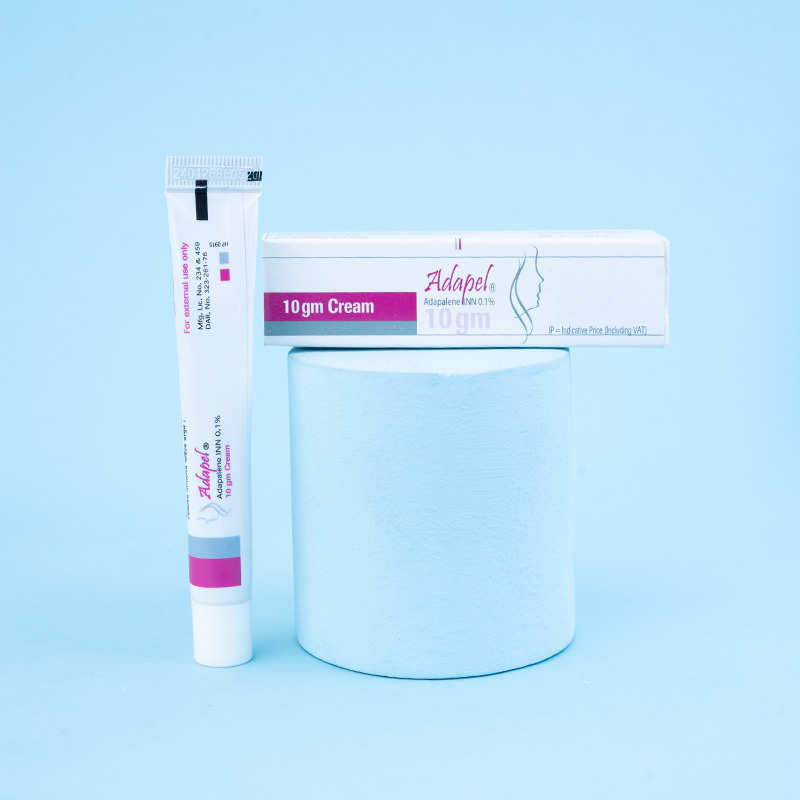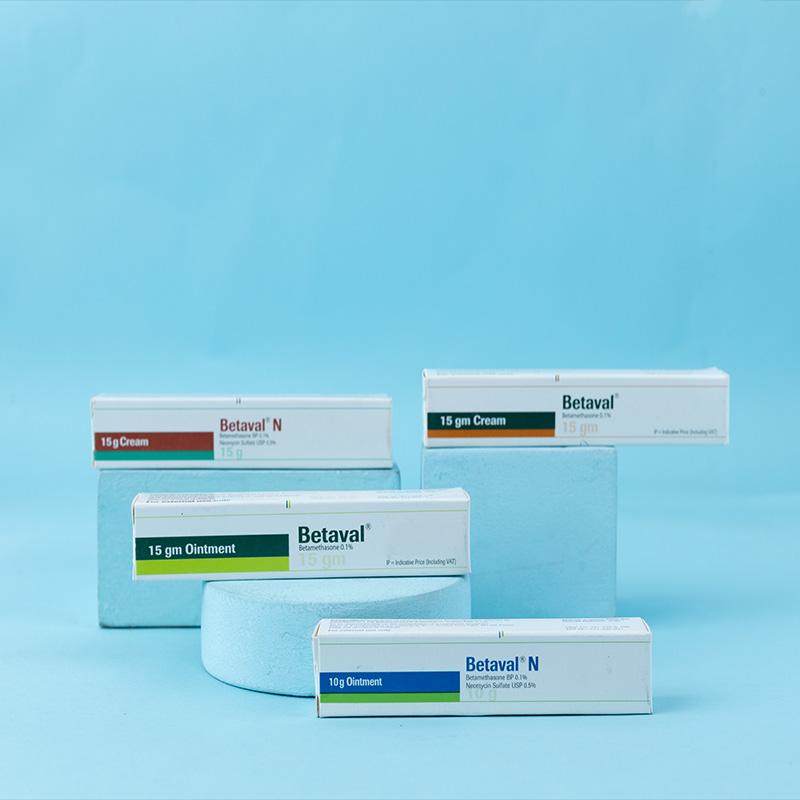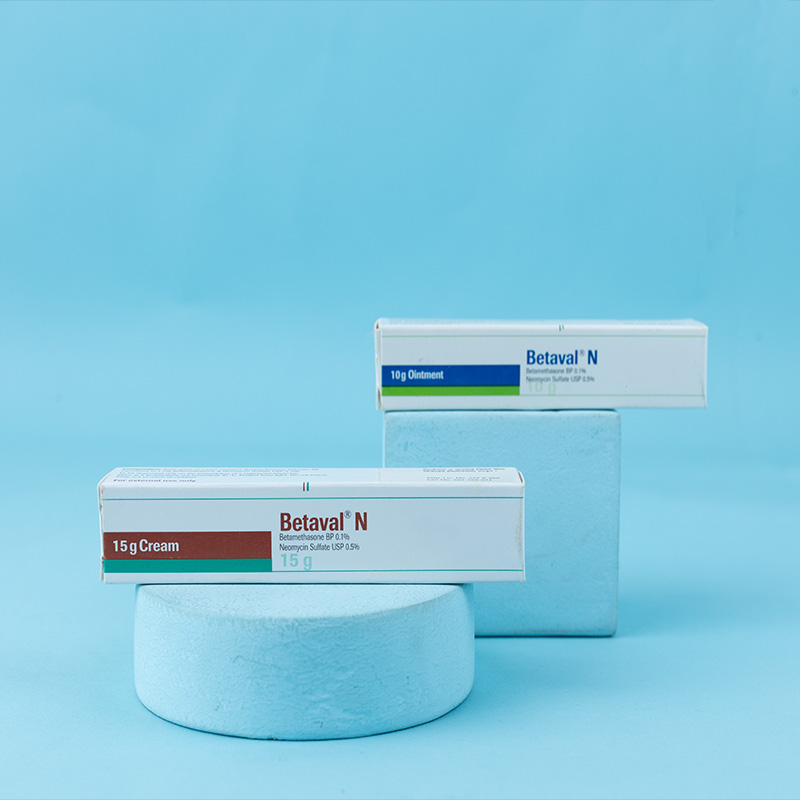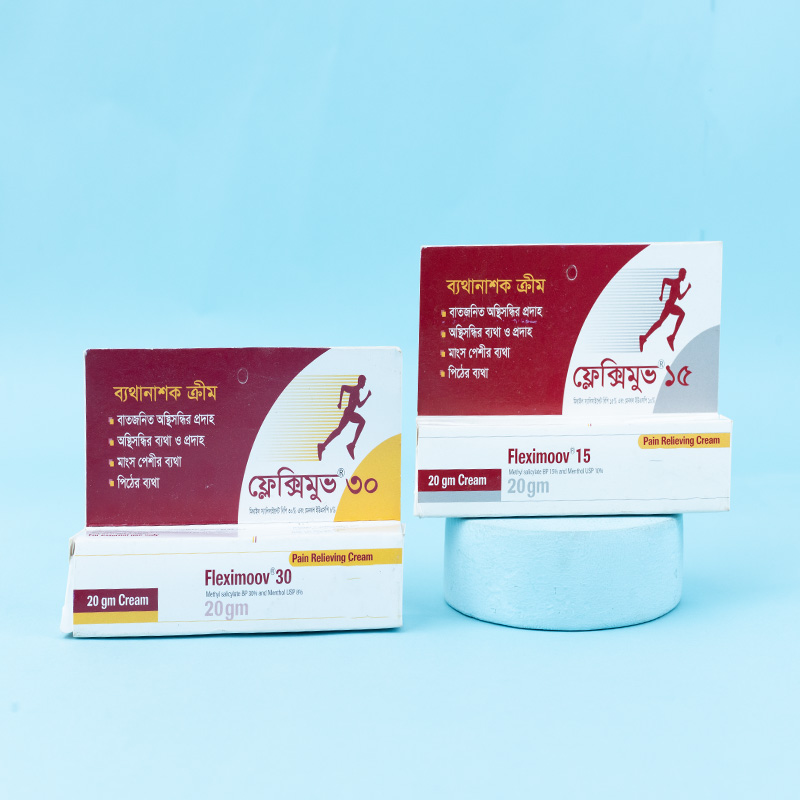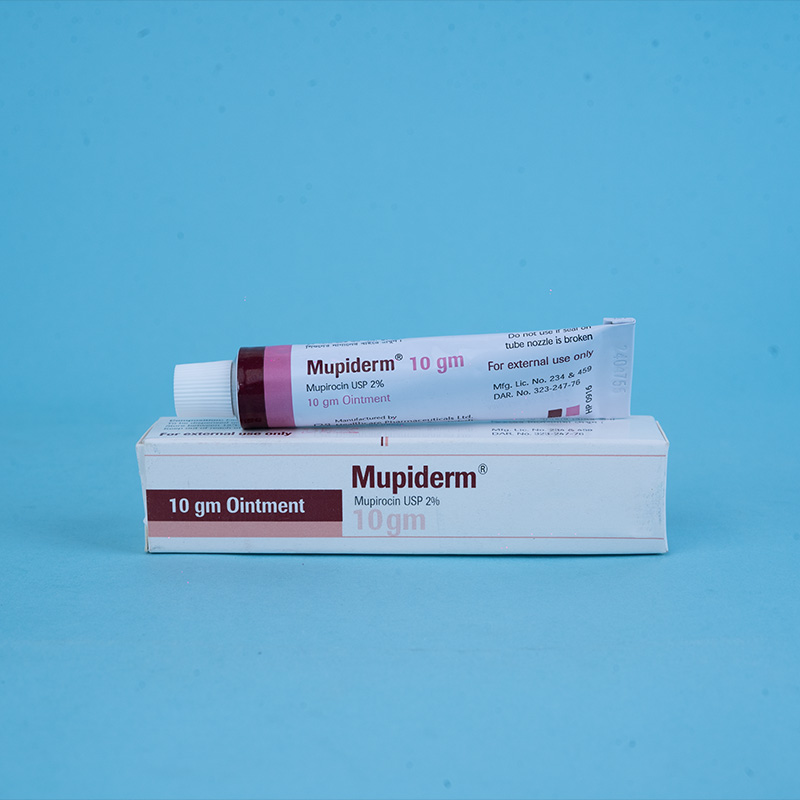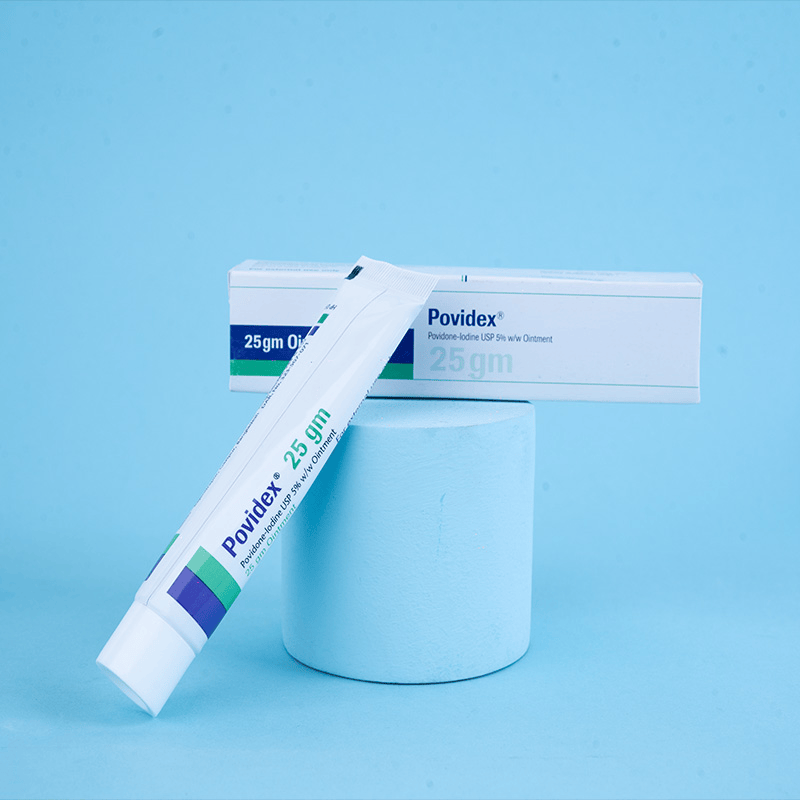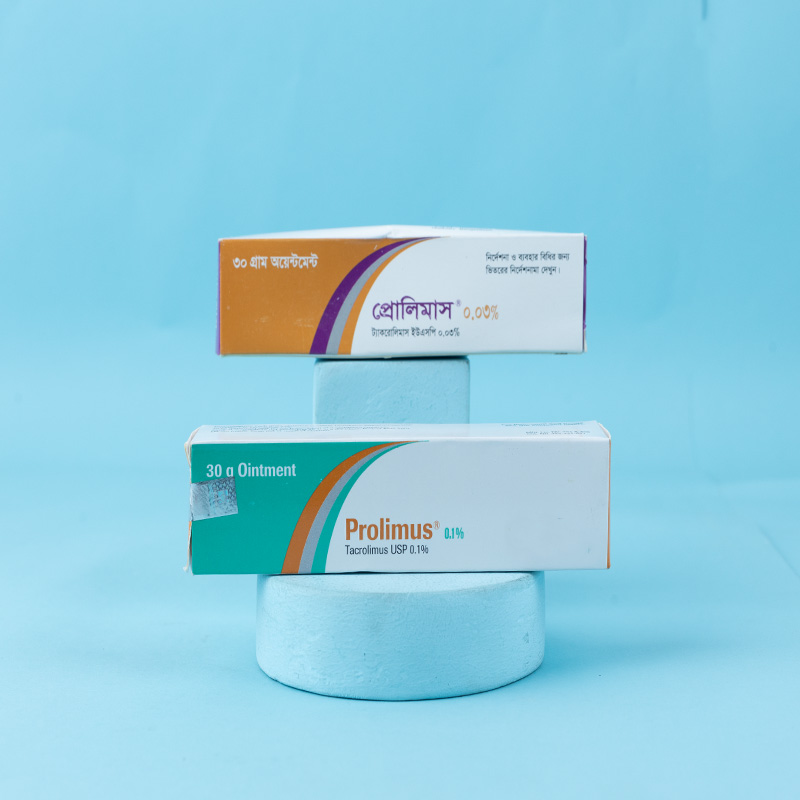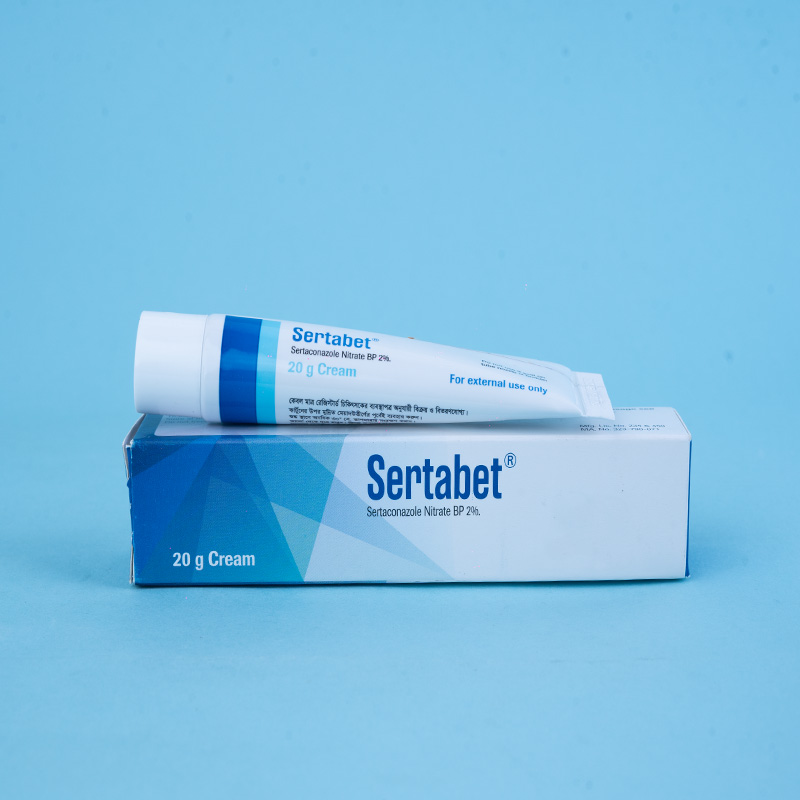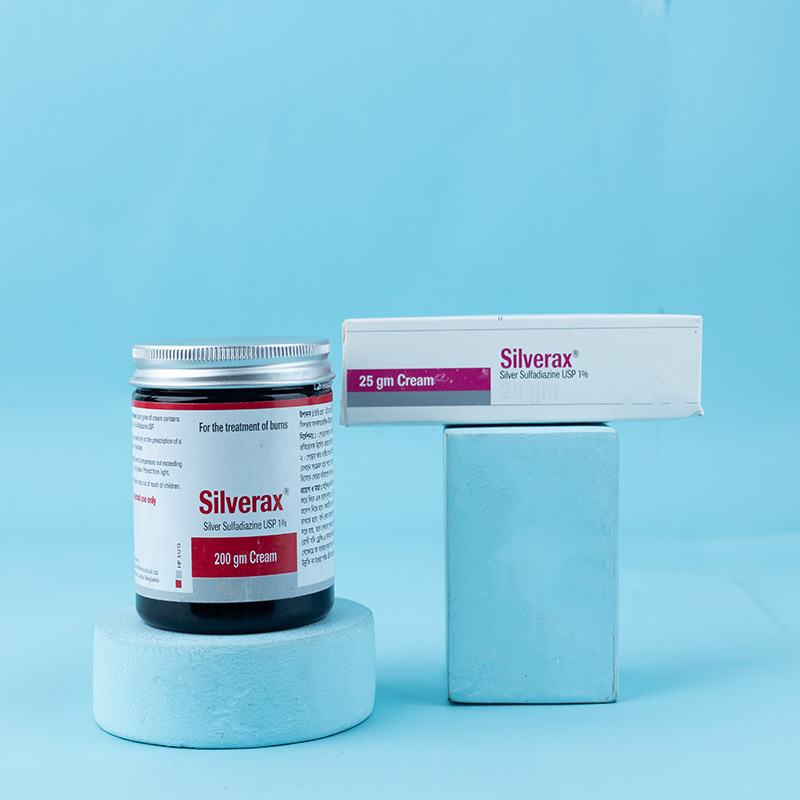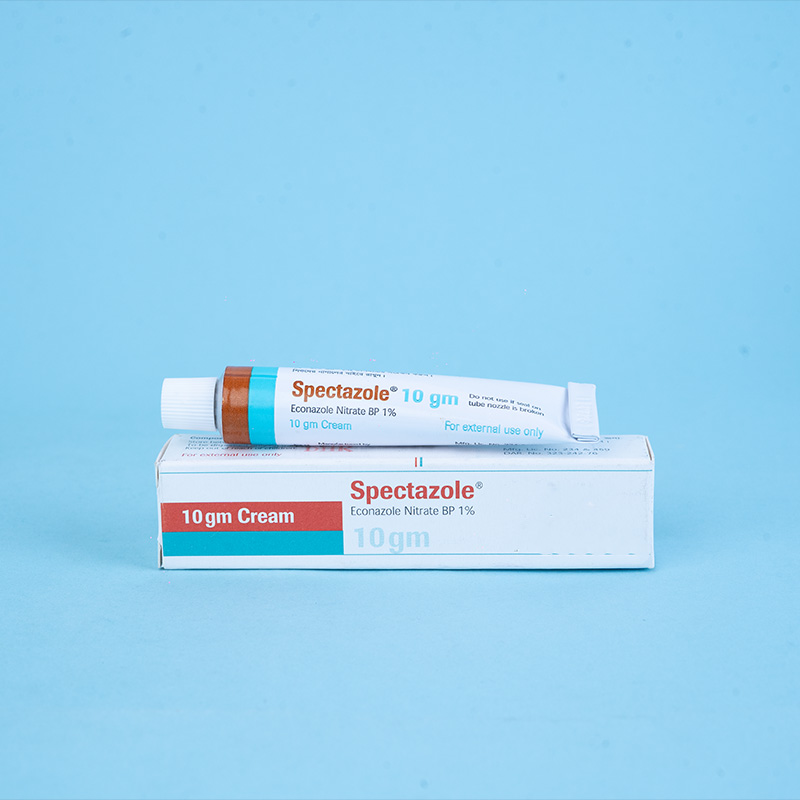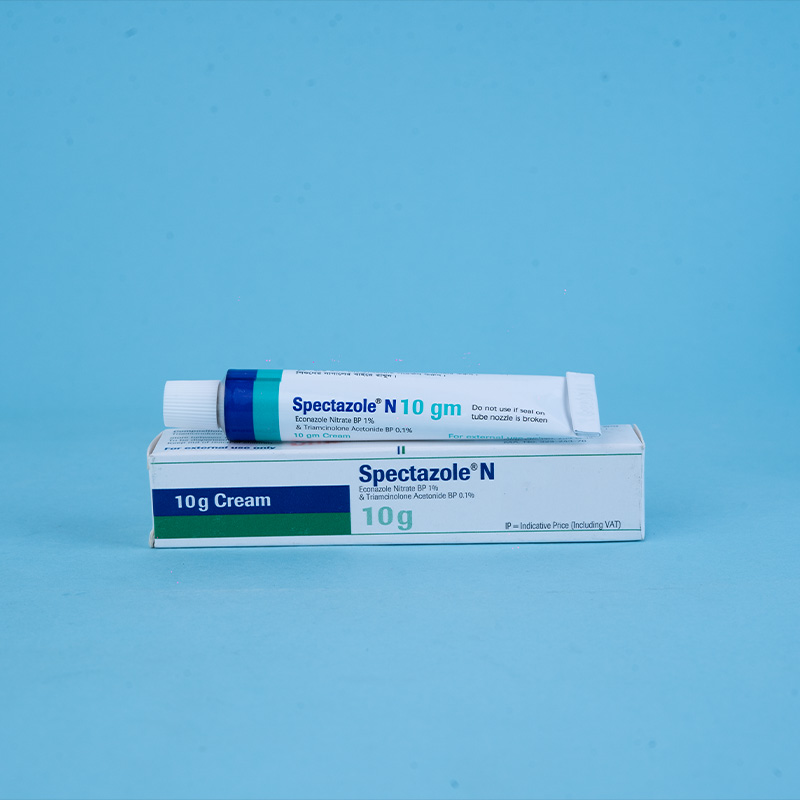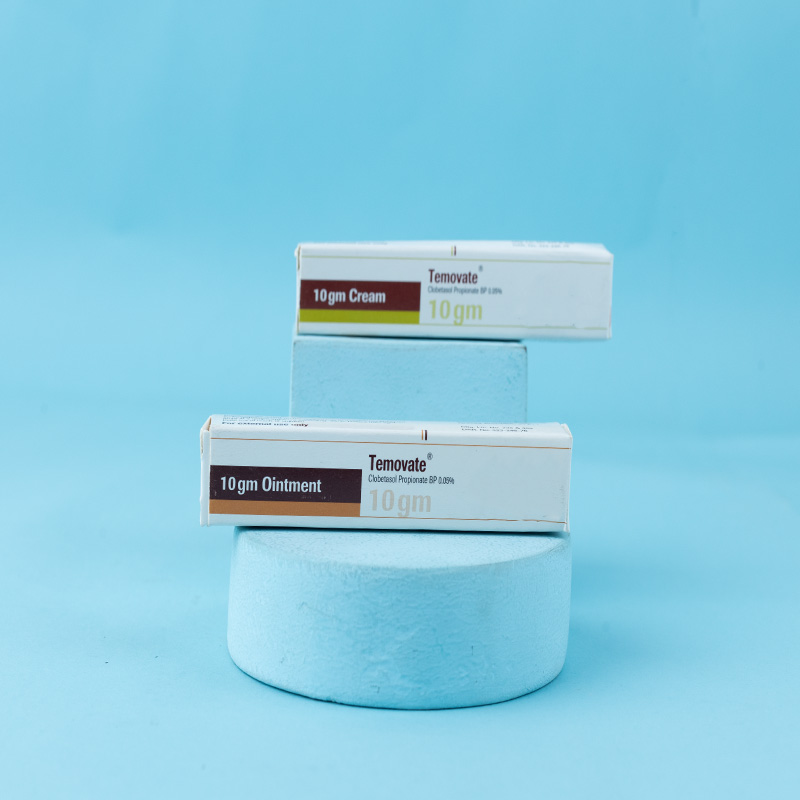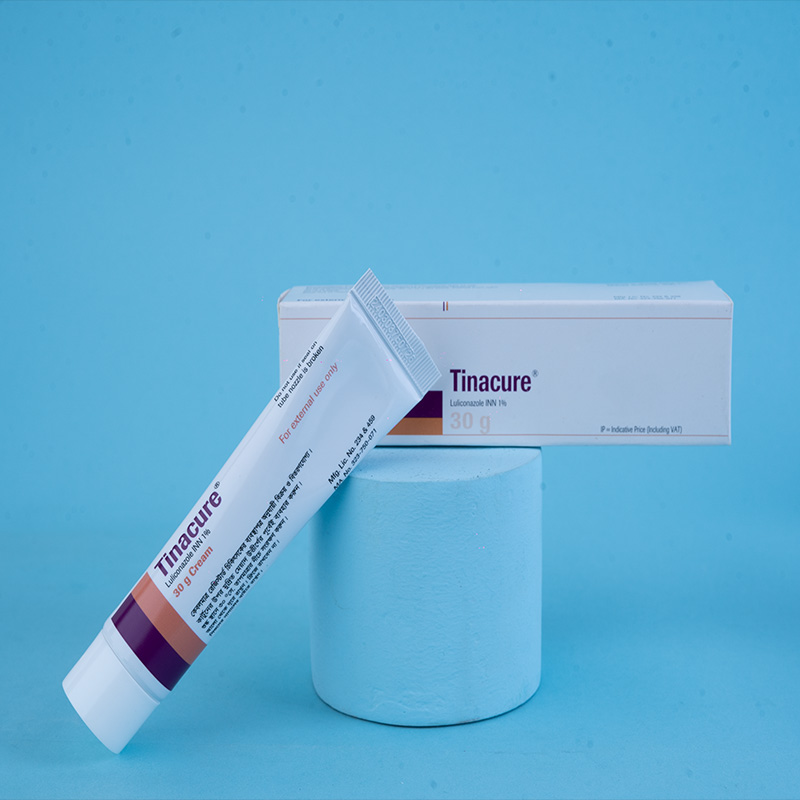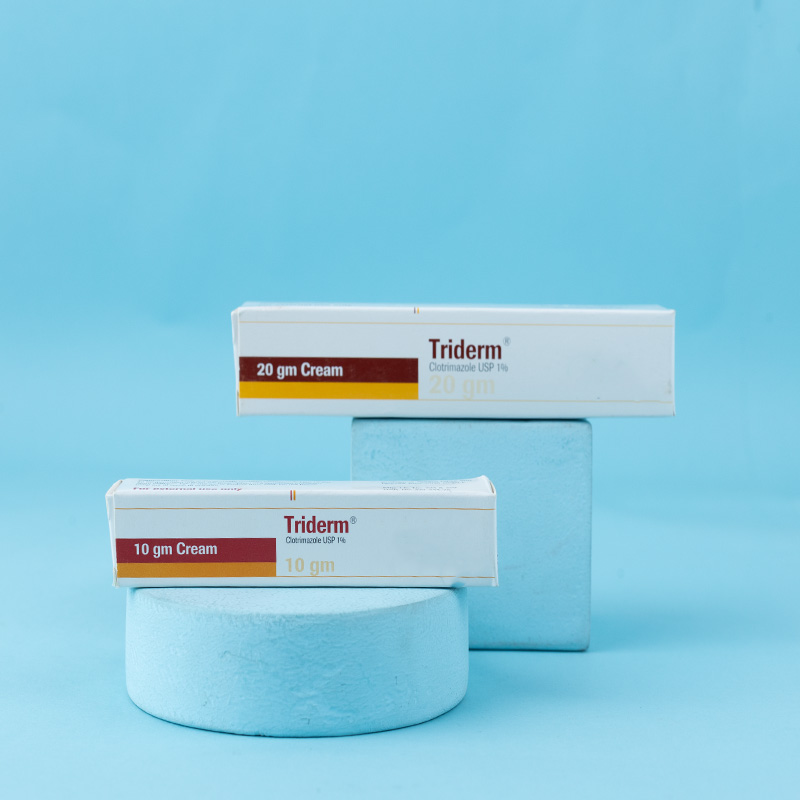Mechanism of Action: Ciclopirox is a hydroxypyridone antifungal agent that acts by chelating polyvalent cations (Fe³⁺ or Al³⁺), resulting in the inhibition of metal-dependent enzymes responsible for the degradation of peroxides within the fungal cell.
Pharmacokinetics: Pharmacokinetic studies in men with tagged ciclopirox solution in polyethylene glycol 400 showed an average absorption of 1.3% of the dose when applied topically to a 750 cm² area on the back, followed by occlusion for 6 hours. The biological half-life was 1.7 hours, and excretion occurred via the kidneys. Two days after application, only 0.01% of the applied dose was found in the urine. Fecal excretion was negligible.
Penetration studies in human cadaver skin from the back with tagged ciclopirox showed 0.8% to 1.6% of the dose present in the stratum corneum 1.5 to 6 hours after application. Levels in the dermis remained 10 to 15 times above the minimum inhibitory concentrations.
Autoradiographic studies with human cadaver skin showed that ciclopirox penetrates the hair, epidermis, and hair follicles, reaching the sebaceous glands and dermis, while some of the drug remains in the stratum corneum.
A Draize Human Sensitization Assay, 21-Day Cumulative Irritancy Study, Phototoxicity Study, and Photo-Draize Study were conducted on 142 healthy male subjects. Results showed no contact sensitization of the delayed hypersensitivity type, no irritation, no phototoxicity, and no photo-contact sensitization due to Ciclopirox Olamine Cream USP, 0.77%.

Ciclopirox Olamine Cream is indicated for the topical treatment of the following dermal infections:Tinea pedis, tinea cruris, and tinea corporis caused by Trichophyton rubrum, Trichophyton mentagrophytes, Epidermophyton floccosum, and Microsporum canis.
Candidiasis (moniliasis) caused by Candida albicans.
Tinea (pityriasis) versicolor caused by Malassezia furfur.

Ciclopirox Olamine Cream is contraindicated in individuals who have shown hypersensitivity to any of its components.

Ciclopirox Olamine Cream is not for ophthalmic use.
Keep out of reach of children.

Teratogenic Effects (Pregnancy Category B) . There are no adequate or well-controlled studies in pregnant women. Ciclopirox Olamine Cream should only be used during pregnancy if the potential benefit outweighs the potential risk to the fetus.Oral embryofetal development studies in mice, rats, rabbits, and monkeys showed no maternal toxicity, embryotoxicity, or teratogenicity at high doses.
Nursing Mothers: It is unknown whether ciclopirox is excreted in human milk. Caution should be exercised when administering Ciclopirox Olamine Cream to a nursing mother.

Safety and effectiveness in pediatric patients below the age of 10 years have not been established.

In controlled clinical studies involving 514 patients using Ciclopirox Olamine Cream and 296 patients using the vehicle cream, adverse reactions were rare, including:
Pruritus (itching) at the application site in one patient
Worsening of clinical symptoms in another patient using ciclopirox cream
Burning sensation in one patient using the vehicle cream
Worsening of clinical symptoms in another patient using the vehicle cream

Apply Ciclopirox Olamine Cream twice daily (morning and evening) and gently massage into the affected and surrounding skin areas.
Clinical improvement, including relief of pruritus, usually occurs within the first week of treatment.
If no clinical improvement is observed after four weeks, the diagnosis should be re-evaluated.
Patients with tinea versicolor typically exhibit clinical and mycological clearing after two weeks of treatment.

Store at 20°-25°C (68°-77°F) [see USP Controlled Room Temperature].


